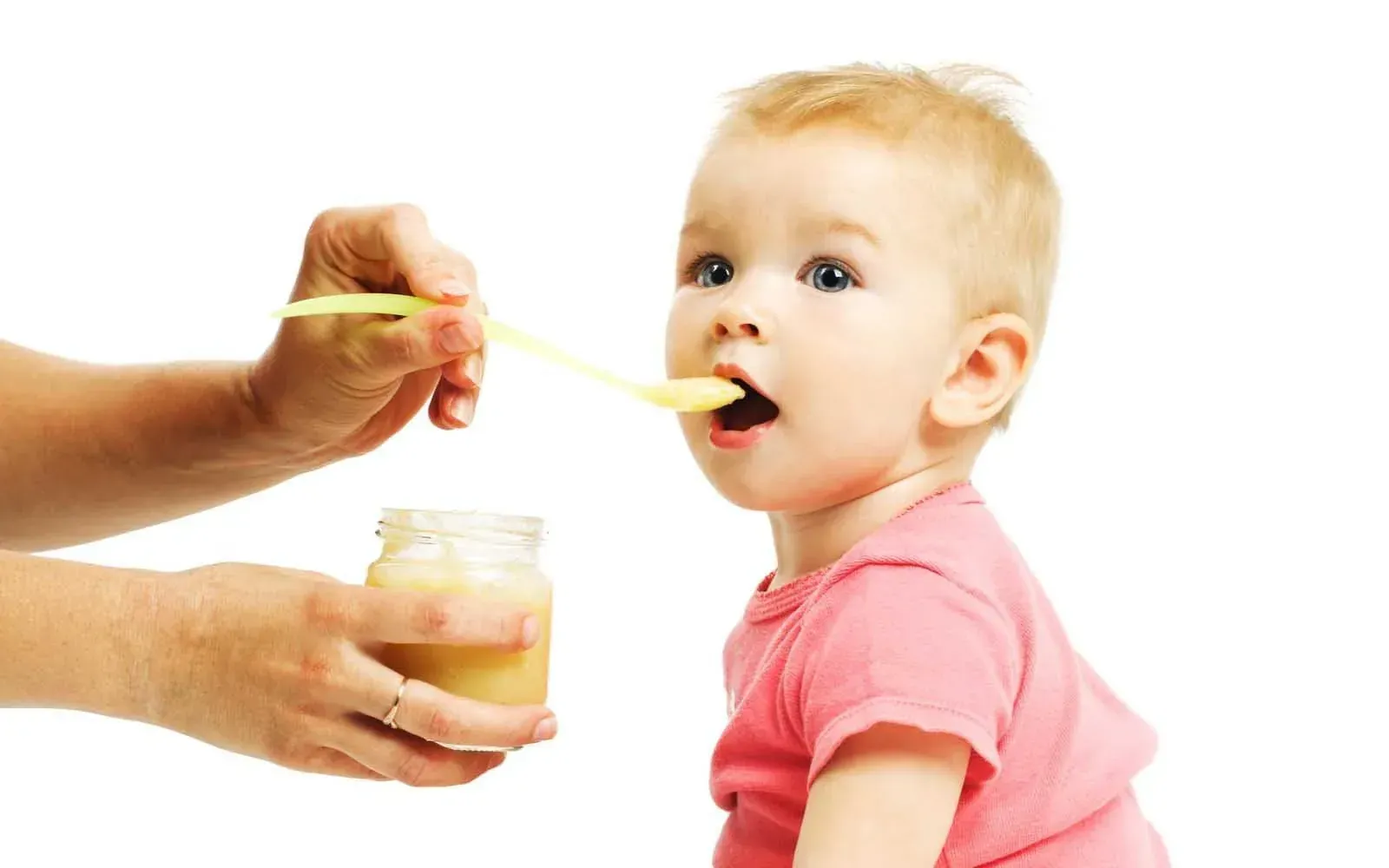The Transition to Solid Foods: A Step-by-Step Guide
Starting your baby on solid foods is an exciting milestone—it’s not just about eating; it’s about exploring new textures, tastes, and learning important skills like chewing and swallowing. Here’s a simple step-by-step guide to help you navigate this new phase with confidence.

1. Recognizing the Signs of Readiness
First things first, how do you know your baby is ready to start solids? Typically, this transition happens around six months, but every baby is unique. Look for these key signs of readiness:
- Ability to sit up well without support.
- Good head control.
- Showing interest in your food (maybe they’re reaching out to try a bite from your plate).
- Ability to move food to the back of the mouth with up and down jaw movements. If you’re seeing these signs, your little one might be ready to embark on their culinary journey!
2. First Foods to Try
When you start introducing solids, think simple and smooth. Single-ingredient purees are perfect as they let you monitor for any allergic reactions. Here are some great first foods to try:
- Pureed vegetables like carrots, sweet potatoes, and peas are naturally sweet and rarely cause allergies.
- Pureed fruits like apples, bananas, and pears offer a gentle introduction to new tastes.
- Iron-fortified cereals mixed with breast milk or formula can be a good source of essential nutrients. Introduce one food at a time and give it a few days before trying another to see how your baby reacts. This will help you identify any food sensitivities.
3. Ensuring a Balanced Diet
As your baby gets more accustomed to eating solids, start combining flavors and introducing a wider variety of foods. Aim for a balance of:
- Fruits and vegetables: Full of vitamins and fiber.
- Proteins: Think pureed meats, beans, and lentils.
- Grains: Like oatmeal, rice, and eventually small pieces of bread. Remember, breast milk or formula will still be their main source of nutrients until they turn one.
4. Feeding Tips
- Stay patient: Babies might only eat half a spoonful initially, but that’s okay. It’s all about getting them used to new textures and tastes.
- Watch for cues: If they turn away or seem disinterested, don’t force it. Try again another time.
- Make it fun: Let them explore food with their hands. Yes, it gets messy, but it’s part of the learning process!
5. Safety First
Always keep an eye on your baby while they eat to manage any risks of choking. Ensure foods are cooked until soft, pureed to a safe texture, or cut into tiny pieces they can handle.
Starting solids is an exciting time for you and your baby. It’s a period full of expressions, discovery, and a little bit of chaos. Enjoy these moments, capture them on camera, and keep a sense of humor. Welcome to a world where every meal is an adventure!




